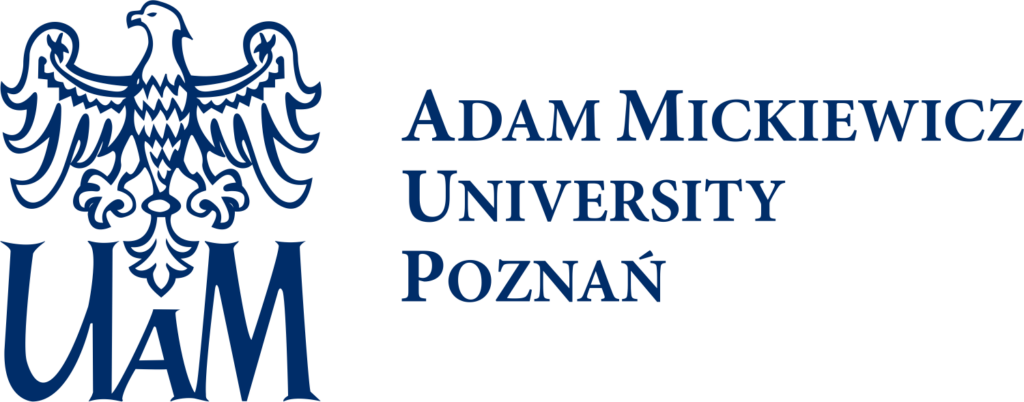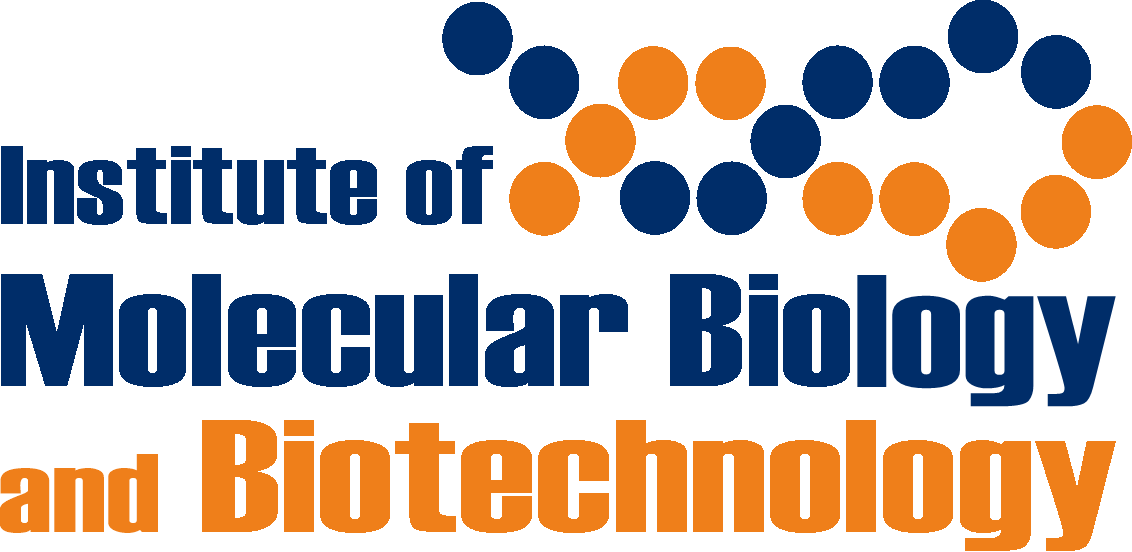We kindly invite you to the seminar ” Coarsening dynamics can explain meiotic crossover patterning in Arabidopsis“, which will be given by Chris Morgan, PhD ( https://www.jic.ac.uk/people/chris-morgan/) from John Innes Centre (JIC), Norwich, UK.
The lecture is organized as part of the KNOW RNA Research Centre in Poznań, , funded by the ID-UB and will be held in person on Friday, Jun 11th, 2025, at 9:15, in the Audytorium Paczoskiego (Paczoski Auditorium) Faculty of Biology UAM.
Coarsening dynamics can explain meiotic crossover patterning in Arabidopsis
The position and number of meiotic crossovers are tightly regulated via the conserved phenomenon of crossover interference, an enigmatic process that prevents crossovers from forming close together. Crossover interference was first described over a century ago in some of the earliest experiments investigating genetic linkage in Drosophila, but how it works is still hotly debated.
Recently, we proposed a mechanistic mathematical “coarsening model” that quantitively explains crossover interference and many other aspects of meiotic crossover patterning in Arabidopsis. The coarsening model relies on the diffusion of a conserved E3 ligase, HEI10, along the synaptonemal complex and the reversible binding of HEI10 into immobile foci at DNA recombination intermediate sites. Large HEI10 foci grow at the expense of nearby smaller foci, causing the foci to progressively coarsen. Similar coarsening dynamics have been well characterised in other physical processes, such as droplet growth in oil-in-water emulsions. By late prophase I, most HEI10 molecules are retained at a small number of large, distantly spaced foci, where they trigger crossover mediated repair.
The coarsening model can readily explain numerous crossover patterning features in wild-type Arabidopsis and various meiotic mutants. However, direct experimental support for HEI10 coarsening in-vivo is still limited, with many inferences so far drawn from correlations between dynamic mathematical simulations and static 3D-SIM immunofluorescence imaging data. To address this, we are now utilizing high-resolution 4D-imaging to directly visualise HEI10 dynamics in real-time. Progress in using this approach and implications for our understanding of HEI10 coarsening dynamics will be discussed.
Bio:
Chris completed his undergraduate degree at the University of Oxford in 2012, where he worked with Prof Hugh Dickinson, before undertaking a PhD in Prof Chris Franklin lab at the University of Birmingham. In 2016, Chris moved to the John Innes Centre for a postdoc with Prof Kirsten Bomblies, studying the evolution of meiosis in autopolyploid species. In October 2024, Chris was awarded a Royal Society University Research Fellowship to start his own group at the John Innes Centre, focused on investigating the spatiotemporal dynamics of meiotic crossover control.

